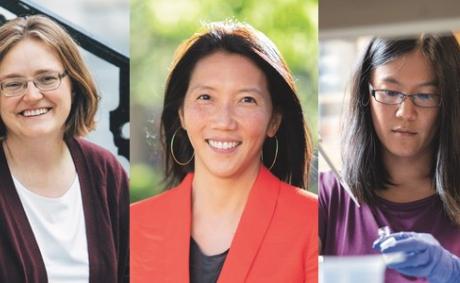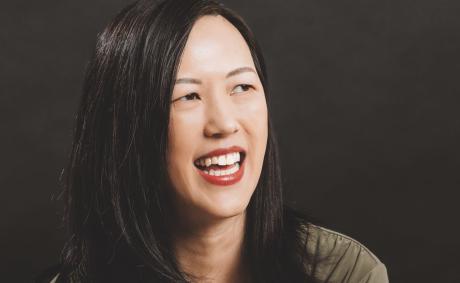How did you get here today?
That is the question I pose to my students on the first day of a class I teach at Duke on the global history of Chinatowns. In the class we learn about what happens at the crossroads of race and place, about the hows and whys of immigration pathways and patterns – and also about a particular kind of urban… spatial formation called “Chinatowns,” which have always been a bit contradictory. They are both points of arrival and points of departure, spaces of protection and spaces of exclusion, temporary shelter for recent arrivals and a means of building community.
But more than learning about the specific history of the Chinese diaspora, the course is meant to guide students to think about what makes any community – including the ones to which they themselves belong.
Chinatowns are communities built by strangers who realize that they need one another to survive and thrive in a new place. A bit like a college campus, perhaps! So how do these strangers come to work together, live together, love together?
The journey is always more revealing than one’s ancestry or point of origin.
Eileen Cheng-yin Chow
But before all that, on the first day of class I pass out index cards and ask: How did you get here today? I ask that they draw their responses, because I assume that college students at Duke are likely to be pretty comfortable expressing themselves in language, but perhaps less so in their drawing skills. Then I ask them to pair up with a stranger in the room – not the roommate or friend they walked in with – and take a few minutes to decipher and make sense of each other’s stories. We then talk about what is most difficult to express in a quick sketch: motivation, desires, setbacks, split families. And we talk about how often we dismiss the complexities of strangers’ stories when we don’t happen to share a language, or don’t take the time to understand.
“How did you get here today?” also circumvents the awkward “Where are you really from?” and its underlying assumptions – which some of us are too often asked. No one was born in my classroom, I presume, so we all came from elsewhere. And where you came from doesn’t matter nearly as much as what happens when you get here. Every person’s story is a story of arrival, but asking “how” and “why” and “with whom” reminds us of the journey – the cost, the mode of conveyance, the relative ease and hardship, the laws that permit and restrict, the well-worn grooves of those that came before you, or the brand new path you had to create along the way, and most importantly, whether one’s relocation and dislocation was even by choice. The journey is always more revealing than one’s ancestry or point of origin.
How do we make community out of strangers? Sometimes kin is not built of family and blood, but of shared work and faith and trust and affiliation and future promises. So when I teach about the history of communities like Chinatowns, where, at their best, residents have made strangers their kin, I wonder: “What if we all took time to truly learn one another’s stories of arrival, and to build our ties with one another from this point forward: us, here, today?”
Wherever this moment takes us, however we may land, let us turn scarcity into plenitude, let us make kin out of strangers.
So don’t be a stranger.
Eileen Cheng-yin Chow is associate professor of the practice in Chinese and Japanese Cultural Studies and director of the Asian Pacific Studies Institute’s East Asian Studies graduate program.




